Easy DIY Pet Wellness Assessment
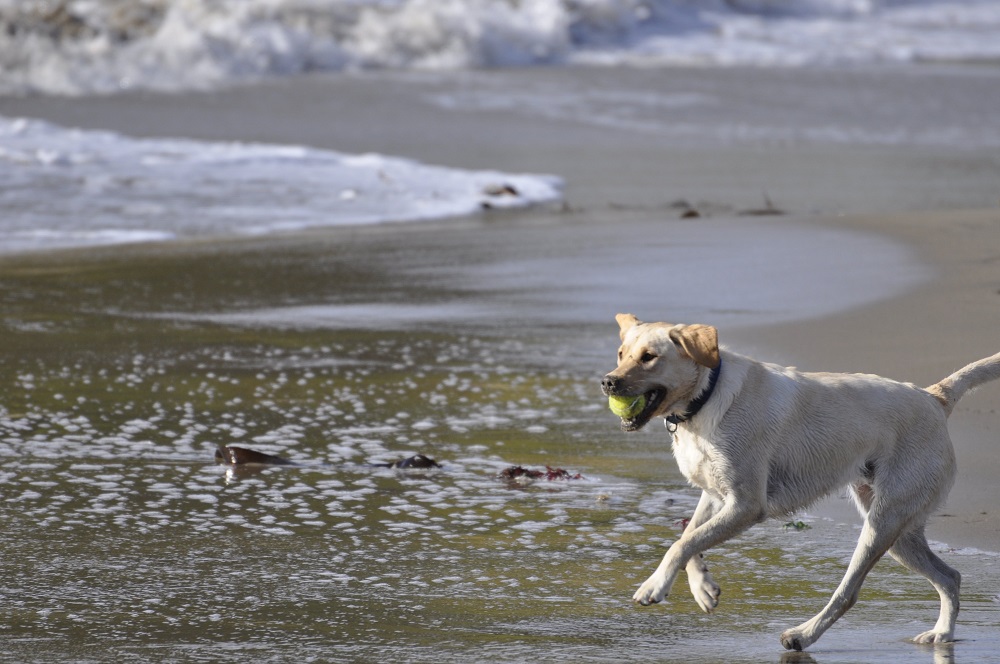
By Kristin Clark, Founder and President, Canine Health Promotion.
As good pet parents, we continually do everything we can to make sure our beloved pets are happy and thriving. However, how do we really know whether our animals are healthy? Sadly, it’s become true that people often think their dogs and cats are in a state of health when really they aren’t. However, because the signs that their bodies are not operating at an optimal level—indicators like skin allergies; a dry or dull coat; bad breath; tooth decay; smelly, soft, and excessive poop; and obesity; to name just a few—are so common, we don’t even blink anymore when our pets experience them. Further, when our pets are young, they may seem to be healthy, but there is a breaking point (which is different for each animal) that they experience where their bodies can no longer handle the toxins that are being flooded into their systems, and they present with disease, illness, and/or chronic pain. In this post, we explore this topic by going over some of the ways you can do a wellness assessment on your dog or cat, to ensure that they are in optimal health. This is a helpful exercise to get in the habit of doing on a regular basis, and to do no matter how you feed your pets or whether you choose to apply traditional preventives (such as flea and tick treatments or heartworm medication) or not. My point is that every single animal should exhibit wellness in all of the following areas, and if they don’t, you need to adjust something to help them rebalance and come back to a state where they can thrive.
Remember, our animals are not machines. Their bodies are continually working to maintain homeostasis, or balance. That balance is affected by every single thing that goes into their bodies—the food they eat, the pesticides on the grass they run through, the preventives that they receive—as well as things like their quality of sleep, the amount of exercise they get, their owner’s mood, and so on. What this means is that you must continually attend to the clues your dog or cat is giving you to determine whether they are thriving or if something needs to be tweaked. It doesn’t have to be a daunting task, either. Once you are in the habit of regularly looking at them, noticing their energy level, and paying attention to what they feel like when you pet them, you will find that you are doing these mini “Wellness assessments” every day. In fact, it will become so second nature that you won’t even notice you’re doing it, but you will notice if something is a bit “off” and you need to help your dog or cat rebalance.
So, what should you start training yourself to look for and notice? Remember that you know your pet better than anyone else, and pay attention to your intuition if something just doesn’t seem right. Beyond that, though, there are some good indicators to be able to tell if your pet is thriving. These are especially useful if you are new to thinking this way, and maybe have a pet that has some of the common issues we frequently see crop up in our companion animals. If that’s the case, you may be so used to these issues that your brain doesn’t notice them anymore, so when you start looking at your pet to really assess their wellness, step back a bit and practice looking at them objectively.
Coat
A dog or cat that is thriving should have a shiny, soft coat. When you pet them, you shouldn’t come away with an excess of oily residue on your hands.

While they will still shed according to the dictates of their species and breed, the shedding is usually reduced. The skin will be supple and in good condition, and it will be free from hot spots, allergies, and excessive itchiness.
Eyes
When a dog or cat is in optimal health, its eyes are clear and bright. No matter what breed your dog or cat is, and whether they are a purebred or a mix of many breeds, their eyes should not be weepy or runny.
Parasites
A dog or cat with a strong, balanced immune system doesn’t suffer from flea and tick infestations, even when you don’t use conventional flea and tick preventives (such as Frontline). While they may pick up a flea or tick every once in a while, particularly in areas where those insects abound, it never gets out of balance.
Body Condition/Weight
A dog or cat that is at the peak of health is lean and muscular. When you look down at them from above, you should be able to see a narrowing in their waist. When you touch them, you should be able to easily feel their ribs. Additionally, they don’t have excess fat on their chest or back.
Oral Health
A healthy, vital dog or cat’s teeth are sparkling white and clean, and they don’t have bad breath. The gums are not excessively red or inflamed, and there isn’t a buildup of plaque or tartar.
Odor
A dog or cat that is balanced and thriving doesn’t have a strong odor—in fact, they don’t have much, if any, smell at all!
Stool and Anal Glands
A thriving dog or cat has small, dense, compact stools, and they move their bowels less frequently than an animal that isn’t thriving. Because they have to strain a bit to defecate, their anal glands are kept clean, clear, and in good working order—without frequent trips to the vet or groomer to have their anal glands cleared.
Behavior
Dogs and cats that are truly healthy are neither lethargic nor hyperactive, but instead have an appropriate amount of energy for their species, breed, age, and individual character.
Mental Ability
Healthy, thriving dogs and cats have incredible mental capabilities. Their brains can function at their optimal level, right along with their bodies and their spirits, which means they are extraordinarily perceptive and able to focus.
Endurance
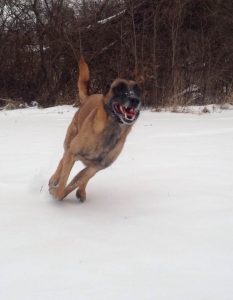 When dogs and cats are properly supported, they have lots of endurance within the parameters of their individual and breed characteristics. This is especially nice for performance animals, such as dogs that are used for agility, showing, and hunting.
When dogs and cats are properly supported, they have lots of endurance within the parameters of their individual and breed characteristics. This is especially nice for performance animals, such as dogs that are used for agility, showing, and hunting.
Aging
Dogs and cats that are flourishing do so even when they’re what society terms “senior”—9, 10, 11, or 12 for dogs (and in fact, well beyond those ages), and 14, 15, or 16 (or more!) for cats! They still have energy, are mentally sharp, and exhibit all the other qualities of a thriving animal.
Take some time to really assess your pet each day, until it becomes habit. Remember, you know them best, and there are lots of ways to check to make sure that they are thriving. These are some of the biggest ones, and once your pet is thriving, you will notice big changes in all of these areas, no matter what age, breed, species, or gender they are. And regularly seek a mobile vet visit on Petworks, to ensure your pet remains healthy and happy.
***
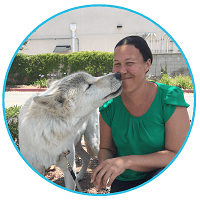 Kristin Clark started Canine Health Promotion so she could help dogs thrive. Serving clients whose dogs range from top performance dogs to beloved family pets, Kristin is passionate about helping all dogs live their best lives. She truly understands this journey, because she walks it herself every single day. With four dogs of her own, she knows just how hard it can be to find help for health issues using conventional means. Kristin is board certified by the American Council of Animal Naturopathy as a Carnivore Nutrition Consultant and a Small Animal Naturopath, and devotes a great deal of time to researching how best to help dogs live their optimal lives. Kristin also writes for, edits, and publishes Raw Pet Digest, an international online magazine devoted to helping dogs and cats live and thrive naturally.
Kristin Clark started Canine Health Promotion so she could help dogs thrive. Serving clients whose dogs range from top performance dogs to beloved family pets, Kristin is passionate about helping all dogs live their best lives. She truly understands this journey, because she walks it herself every single day. With four dogs of her own, she knows just how hard it can be to find help for health issues using conventional means. Kristin is board certified by the American Council of Animal Naturopathy as a Carnivore Nutrition Consultant and a Small Animal Naturopath, and devotes a great deal of time to researching how best to help dogs live their optimal lives. Kristin also writes for, edits, and publishes Raw Pet Digest, an international online magazine devoted to helping dogs and cats live and thrive naturally.
Keep Your Pet Safe During the Fall Months
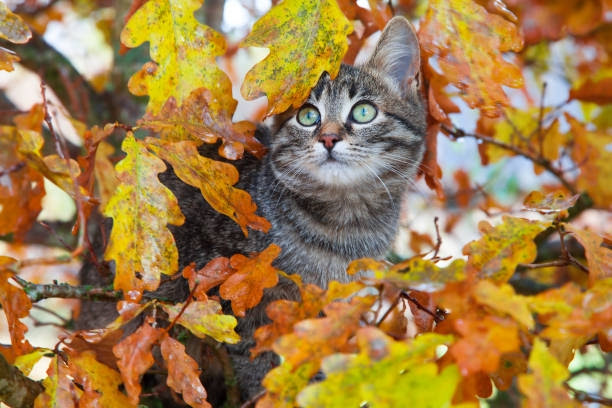
by Dr. Karen and Rob Twyning, founders of Pet Loss At Home
A number of potentially poisonous substances come out of storage in the Fall. They include rat and mouse poisons, antifreeze and mothballs. Mushrooms and toadstools are also likely to pop up in Fall and can be deadly to pets as well. Take your pet to the veterinarian immediately if you suspect any type of poisoning.
The following are toxic food for dogs and cats:
1. Onions, garlic and chives
The onion family, whether dry, raw or cooked, is particularly toxic to dogs and can cause gastrointestinal irritation and red blood cell damage. Signs of illness are not always immediate and can occur up to a few days later.
2. Chocolate
However enticing chocolate is for humans and dogs alike, chocolate is another poisonous food for dogs. Chocolate contains a stimulant called theobromine (dark chocolate has the highest content of this) which is toxic to dogs and can cause kidney failure.
3. Macadamia nuts
Macadamia nuts contain a toxin that can affect your dog’s muscles and nervous system resulting in weakness, swollen limbs and panting.
4. Corn on the cob
Corn on the cob could potentially be fatal if eaten by your dog. Although the corn is digested by dogs, the cob can cause a blockage in your dog’s intestine.
5. Avocado
Avocados are another poisonous food for dogs. Avocado plants contain a substance called Persin which is in its leaves, fruit and seed and can cause vomiting and diarrhoea in dogs.
6. Artificial sweetener (Xylitol)
Our desire for sweet treats, chewing gum and drinks together with low-fat, diet and sugar-free products (including some peanut butters so always check the label before using this as a treat) are often laced with an artificial sweetener called Xylitol which causes an insulin release in our bodies. However, if your dog digests one of these sweetened foods they can go into hypoglycaemia which is linked to liver failure and blood clotting disorders.
7. Alcohol
Alcohol has a huge impact on dogs even in small doses. The drink not only causes intoxication as it does in humans, but it can lead to sickness, diarrhea, and even central nervous system damage.
8. Cooked bones
Giving your dog a raw uncooked bone to chew on is great, but avoid cooked bones at all cost. These can easily splinter and in large quantities cause constipation or at worst, a perforation of the gut which can be fatal.
9. Grapes and raisins
Raisins are in many of the foods that we love to eat such as cakes, biscuits and cereals so it’s not just the fruit form we should be concerned with. The active ingredient which causes the toxin is unknown, however both grapes and raisins may cause severe liver damage and kidney failure.
What should I do if my dog has eaten any of these?
If consumed, even small amounts of these items can be fatal so always act immediately and take your dog to the vet. You can also consult with a clinical pet nutritionist.
About the Author

Pet Loss At Home was founded in 2002 by veterinarian, Dr. Karen Twyning. She was profoundly impacted after honoring the wishes of a client to euthanize her elderly cat at home. The experience was so very peaceful and beautiful, it is fixed in her memory. She left that home wondering, “Why is any pet euthanasia ever performed in a cold, sterile clinic?!” Since then, she’s been on a mission. With the help of her husband Rob, Pet Loss At Home is making home euthanasia service much more widely available nationwide.
For more information about Pet Loss At Home, please click here.
Look Out – Understanding your Pet’s Eyes
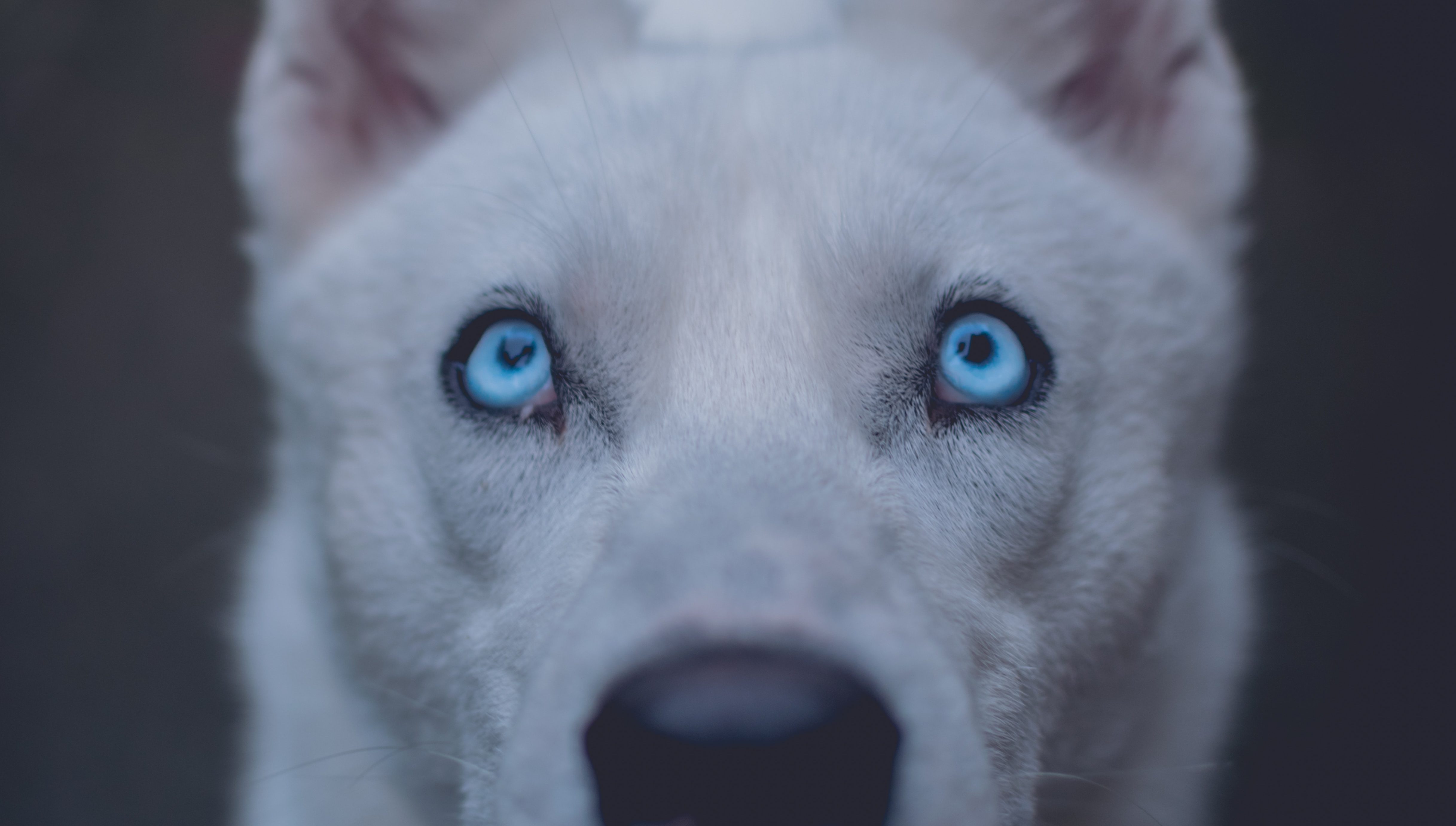
by Dr. Robert Zepeki, DVM CVCP, owner of Village Animal Group
Your kitty and doggy Friends possess a remarkable stereoscopic vision. They inherited this ability from their hunting ancestors. Both species can see some color. Your doggy Friend has an eye very similar to our eye with one focal point on the back of the eye. However, the kitty Friends are endowed with very good night vision. Their eyes are so sensitive to light that the iris can close to a slit in strong light resulting in two focal points at the top and the bottom of the closed iris. You have probably noticed this when your kitty Friend sits in the sunlight. The eye consists of the following main structures; cornea, iris, lens, and globe or eyeball.
Open Wide: Understanding your Pet’s Teeth
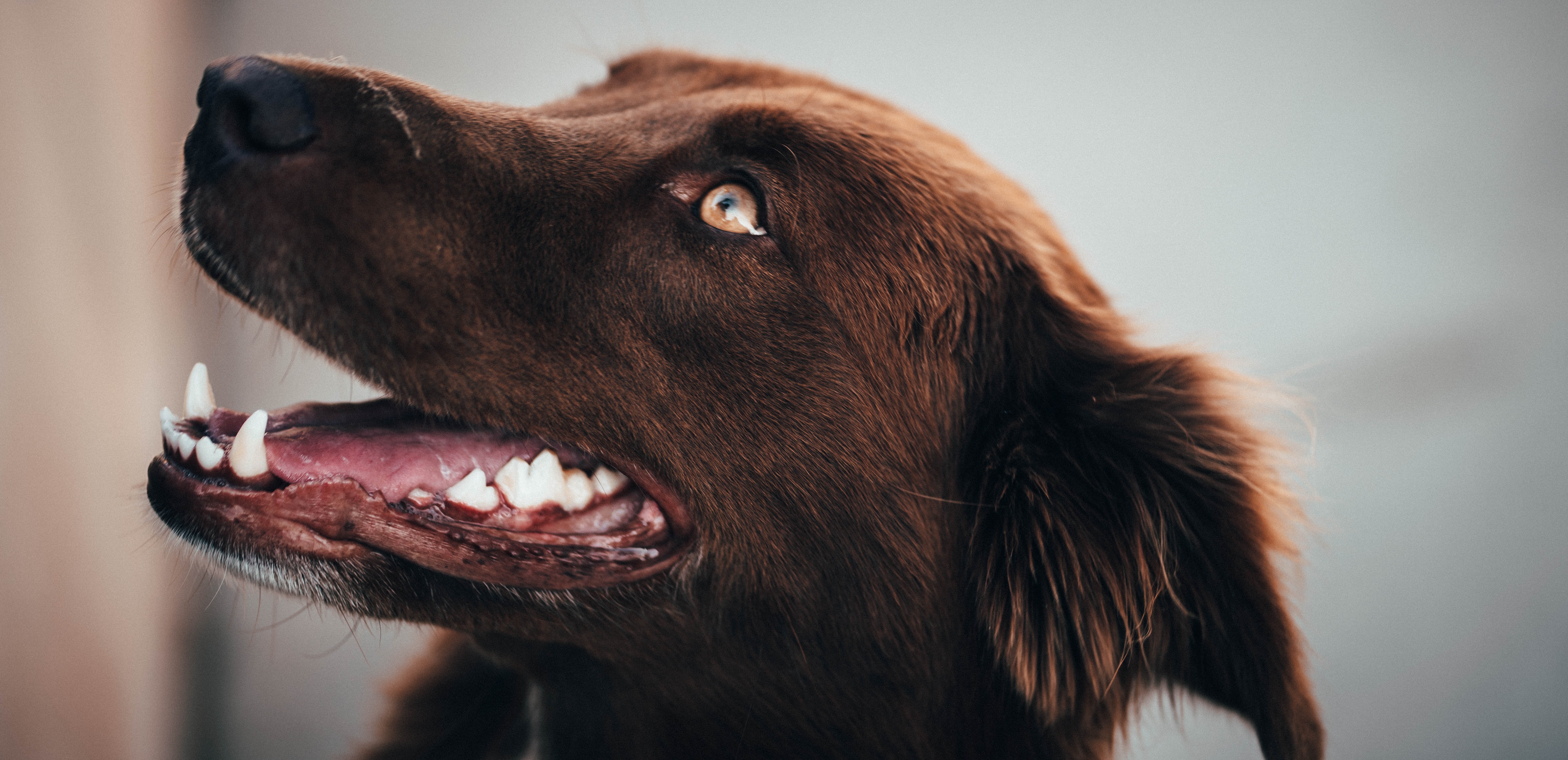
by Dr. Robert Zepeki, DVM CVCP, owner of Village Animal Group
Did you know that the brains of cats and dogs are very similar to our own? A smaller portion of the brain is dedicated to intelligence but they have the same major nerves and are close to us in their capacity for memory. As you know, their sense of smell, sight, and hearing all exceed our ability. You may have also realized that dogs and cats don’t really chew much. In fact, they mostly rip, tear, and swallow their food. A pet’s teeth, though quite different from ours, require regular check-ups to keep your furry companion happy and healthy. Here is a closer look at canine and feline chompers and how you can keep your pet smiling.
Animal Hydrotherapy and Weight Management
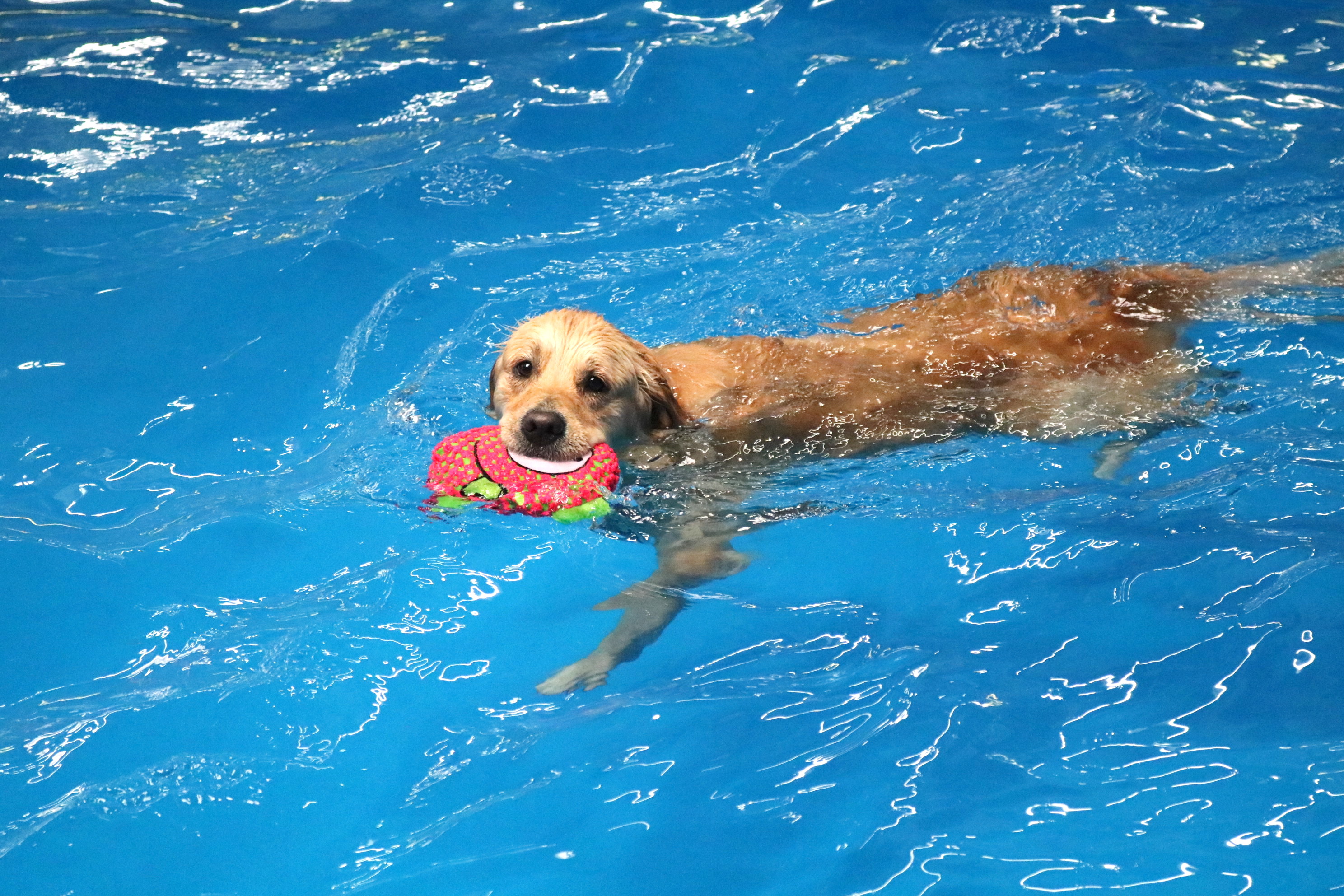
by Leslie Gallagher McMahon, owner/founder of Two Hands Four Paws
The call from Alex’s owner was typical. “My dog is somewhat overweight and needs to have surgery for a torn cruciate ligament, but the vet cannot do it until he loses some weight. Can you help us??” I replied that of course we could help and we set up an appointment. Alex turned out to be more than “somewhat” overweight. He was, in fact, absolutely enormous. For a golden retriever a good weight can be anywhere from 70-90 pounds give or take. Alex was 165. As soon as I saw him my heart sank, and I knew we had our work cut out for us. (more…)

